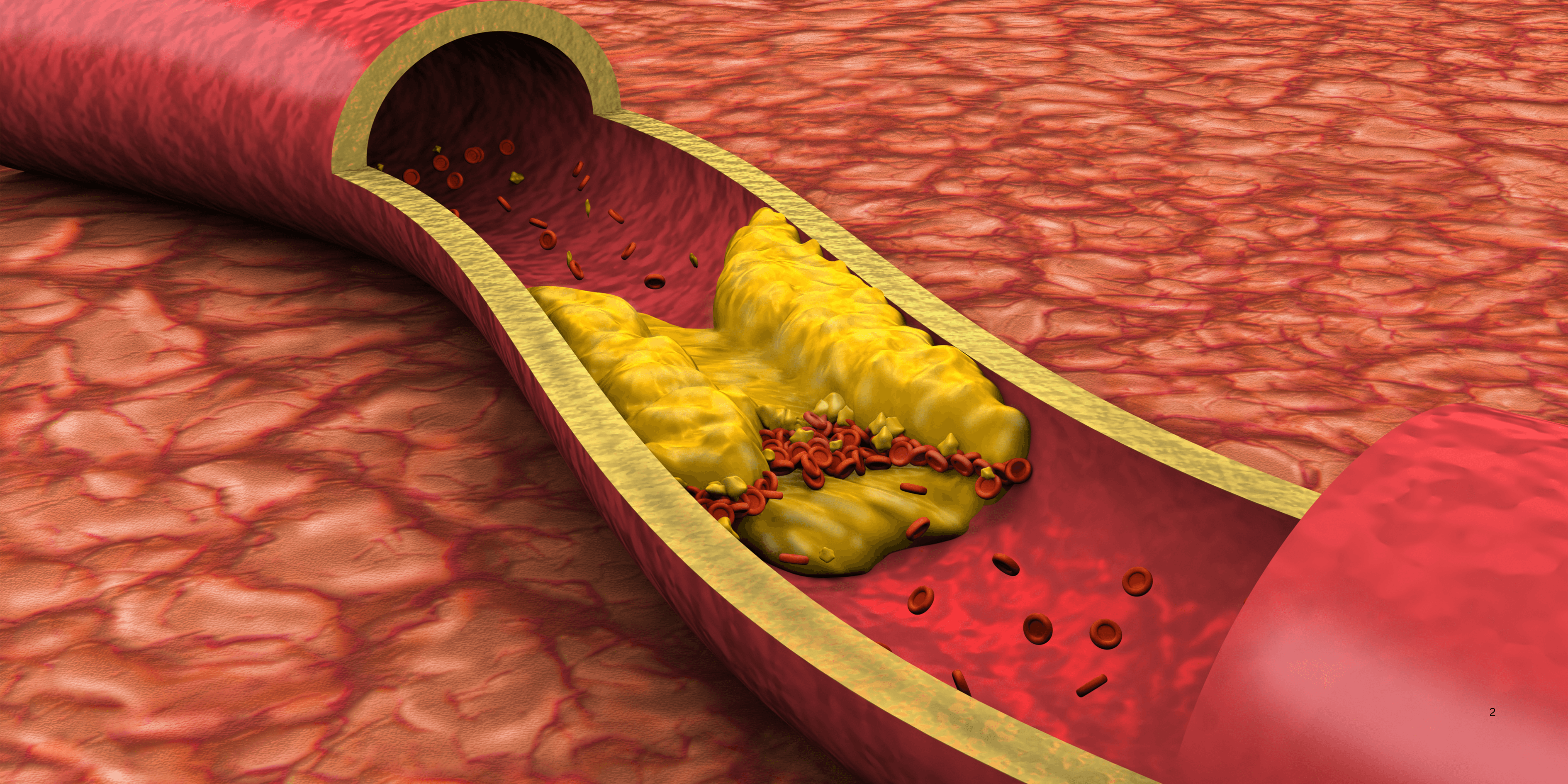
“
Understanding cholesterol effects on arteries is vital for maintaining strong, healthy blood vessels. Cholesterol, especially LDL, contributes to plaque buildup, inflammation, narrowing, and hardening of arteries. 1
1
”
A leading cardiologist once noted that chronic high LDL causes persistent inflammation in artery walls, setting the stage for atherosclerotic plaque formation over decades. 1
Low-density lipoprotein (LDL) carries cholesterol to tissues but deposits it in artery walls if levels remain elevated, initiating plaque buildup. 2

When LDL particles penetrate a damaged artery lining, immune cells ingest them, turning into foam cells that accumulate and thicken arterial walls.
As foam cells accumulate within the arterial lining, they form fatty streaks—subtle yet significant early indicators of atherosclerosis that can already be detected in teenagers and even some children. 3
Over time, these fatty streaks mature into fibrous plaques, thickening and stiffening the arterial walls.This loss of elasticity disrupts blood flow and gradually raises blood pressure as arteries resist expansion. 4
Calcification within these plaques further hardens the vessel walls, reducing their natural ability to stretch with each heartbeat. This rapidly speeds up early atherosclerosis, even in healthy people. 5
Sticky plaques progressively narrow the arterial lumen, reducing the passage for blood flow. As a result, tissues and organs get less oxygen and nutrients, weakening their function over time. 6
When arteries become narrowed, the heart must pump harder to maintain circulation, which increases overall cardiac workload and often contributes to chronic hypertension and eventual heart failure risks. 7
Hardened, constricted arteries also raise the danger of plaque rupture. A ruptured plaque exposes material that triggers clotting, potentially forming a dangerous blood clot. 8

If such a clot forms in a coronary artery, it can abruptly block blood flow to the heart muscle, causing a heart attack. In cerebral vessels, it can cut off oxygen to the brain, resulting in a stroke.
When plaques obstruct arteries in the legs, peripheral artery disease develops, causing pain while walking, slower wound healing, and in severe cases, an increased risk of tissue death and potential amputation. 9
Genetics, particularly conditions like familial hypercholesterolemia, can significantly prolong the circulation of harmful LDL cholesterol, rapidly accelerating early-onset atherosclerosis even in healthy people.10
Plaque progression is not driven by cholesterol alone—it worsens with high blood pressure, smoking, diabetes, obesity, and other lifestyle and metabolic factors that damage arterial walls. 11
Over centuries philosophers have recognized balance; modern medicine echoes this: managing cholesterol supports harmony within the body. 12
HDL cholesterol helps counter this process by removing excess cholesterol from plaques and transporting it back to the liver for elimination, which slows or partially reverses atherosclerotic buildup.13

Lifestyle changes such as a balanced diet, regular exercise, weight management, and quitting smoking can slow, halt, or even reverse the development of arterial plaques when maintained consistently over time.
Aggressively lowering LDL cholesterol—often to levels below 70 mg/dL—has been linked to stabilizing existing plaques, reducing their inflammatory content, and lowering the risk of sudden rupture. 14
Advanced imaging tests, like CT coronary calcium scans or carotid artery ultrasounds, can detect plaque build‑up at an early stage, allowing doctors to intervene before serious cardiovascular events occur. 15
Chronic stress, poor sleep, and an overactive stress response elevate LDL levels and increase inflammation, compounding plaque formation and accelerating the progression of arterial disease over the years. 16
At the end, the doctor reminds us that caring for arteries isn’t just medical—it’s philosophical, mirroring the balance between indulgence and restraint. 17


